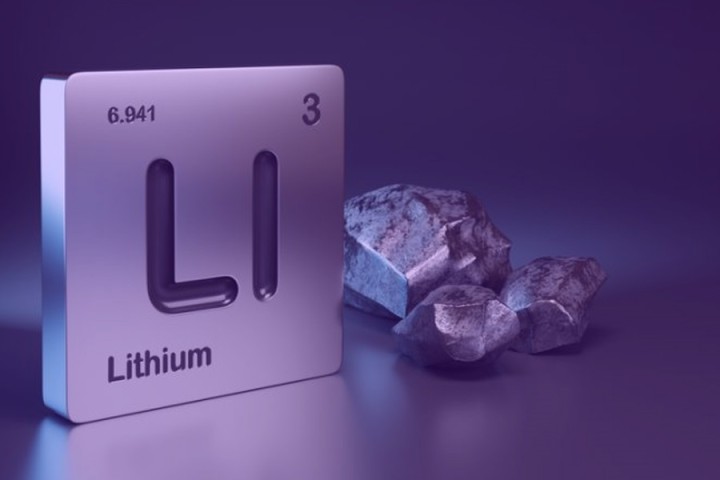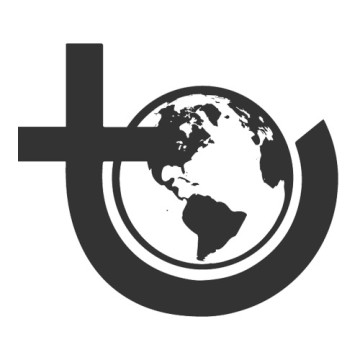Where Are the Main Lithium Deposits in The World?

The most accessible resources are mainly concentrated in South America. According to estimations, terrestrial reserves would allow battery production for several decades or even hundreds of years, excluding the gigantic amount present in ocean water, whose exploitation cost is currently much higher and not feasible yet.
According to data provided by Didier Julienne, president of Commodities & Resources, Australia is, by far and away, the biggest producer of lithium in the world by producing 43% of the world's production. Chile ranks second with 26% of production. Third is China with 13%, fourth is Argentina with 6% and the United States comes in at 1%. Figures are for 2022.
The point to be mentioned is that Australia is exports raw material but Argentina and Chile are exporting a refined product: lithium carbonate.
Another two Chinese companies that have been able to acquire considerable momentum in the lithium market over the last years are Tianqi Lithium and Jiangxi Ganfeng Lithium, both with numerous mining interests outside China. Tianqi jointly operates the huge Greenbushes deposit in Albermale, Australia.
Being one of the most active countries in this field, China started buying mines for their factories very early. Half of the world's lithium production belongs to China; that is why Europe decides to take an essential decision and have independence from China, not to miss this milestone.
In turn, Ursula von der Leyen, the head of the European Commission reported that a memorandum of understanding with Argentina on critical raw materials, including lithium, demand for which will increase 12-fold in Europe until 2030, was signed.

Chinese companies currently control around 70% of the electric vehicle battery market. The next place belongs to Korean and Japanese manufacturers. One-third of the world's electric vehicle batteries belong to the Chinese company CATL.

At present, China dominates each and every link in the electric vehicle production chain. Although its companies account for only 14 percent of lithium mining operations, they refine 89 percent of that product. It also provides 75 percent of the world's lithium-ion cell manufacturing capacity and 70 percent of battery plant capacity. China is simultaneously the leading electric car manufacturer, accounting for 43 percent of global production.
Where are the lithium Eldorados in Europe?
Presently, there is only one lithium mine in Europe that is active, in Portugal, which extracts 1,200 tonnes a year for use in the ceramics industry. Brussels estimates that, by 2025, Europe could meet 80% of the needs of its automobile industry-the main consumer.

The United States Geological Survey (USGS) estimates 2021 European reserves-deposits of known size and economically exploitable-to be 60,000 tonnes, or 0.7% of global reserves, while resources, or discovered or probable deposits, were put at 7% of the global total. That would be enough, at best, to cover barely half of demand for electric cars in 2030, according to an analyst at Natixis.
The European Union aims to attract by 2025, the pioneers being CATL in Germany, Northvolt in Sweden and LG Chem in Poland. Europe imports 86% of its needs in lithium-the basic ingredient of lithium-ion batteries.
European Lithium also intends to start its production as early as 2023 in Austria near the city of Wolfsberg. Mina do Barroso in northern Portugal is the most advanced project, where the British company Savannah Resources hopes soon to open a first mine in the largest deposit of spodumene, (a mineral of the silicate class subclass of inosilicates, pyroxene family. Of ideal composition LiAlSi2O6, it usually contains traces of Fe, Mn, Mg, Ca, Na, K and H2O.) in Europe. The local inhabitants do not welcome this project, believing that mineral exploitation will destroy the nearby lands.
The lithium mine project in the Jadar region operated by Rio Tinto planned to start commercialization in 2026 and produce 58,000 tonnes per year from 2029, sufficient to make a million electric cars.


Currently, lithium processing is largely dominated by China at 57% of world production, Chile with 29%, and Argentina at 9%. This quasi-monopoly gives rise to Europe depending on imports of this metal, which is nevertheless strategic for energy transition. The European Union would like to be independent of this metal from China, which processes on average 67% of ores with lithium:

Rapid advances in battery technology are expected to accelerate the pace of the global energy transition and play a major role in tackling the climate crisis.
With over $1.4 billion invested in battery technologies in the first half of 2019 alone, enormous investments in battery manufacturing and ongoing technology development have brought a sea change in how we construct energy systems by 2030, while demand for lithium continues to grow well into the future.

If you would like to write about lithium, feel free to send us your article via private message on X or email us at [email protected].

